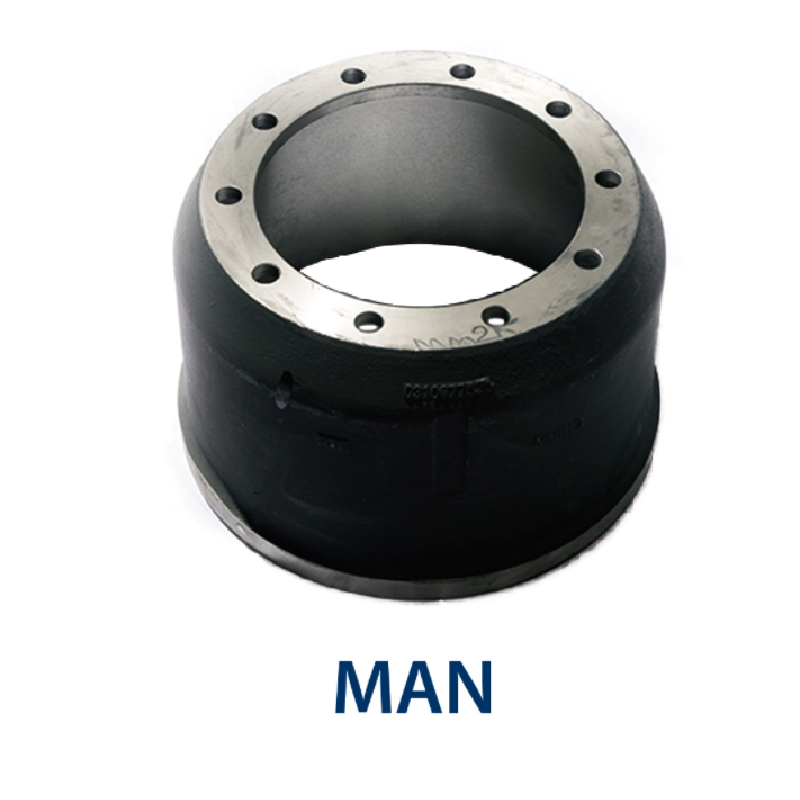Oct . 30, 2024 16:27 Back to list
how to determine brake drum size
How to Determine Brake Drum Size
When it comes to vehicle maintenance and safety, understanding the crucial components of your braking system is essential. One such component is the brake drum, a vital part of the drum brake system that helps slow down or stop your vehicle. Properly sizing the brake drum is essential not only for optimal performance but also for safety. In this article, we will explore how to determine the correct brake drum size for your vehicle.
Why Brake Drum Size Matters
The brake drum’s size affects how effectively the braking system operates. A drum that is too small may lead to overheating, reduced stopping power, or even brake failure. Conversely, a drum that is too large can cause improper fitment, leading to installation issues and potentially jeopardizing safety. Hence, knowing the exact size of your brake drums is crucial for safe vehicle operation.
Step-by-Step Guide to Determining Brake Drum Size
1. Consult Your Owner's Manual
Start by referring to your vehicle's owner manual. Manufacturers often include specifications for brake drum size in the technical details section. This is the most accurate source of information regarding your specific vehicle model.
2. Visual Inspection
If the owner’s manual is unavailable or you want to double-check the information, you can conduct a visual inspection. To do this, you'll need to remove the wheel. Always make sure the vehicle is securely lifted and supported using appropriate jack stands. After removing the wheel, you can see the drum brake assembly.
how to determine brake drum size

Using a caliper or measuring tape, measure the diameter of the brake drum. The size is typically expressed in inches. To accomplish this accurately, measure the inner diameter where the brake shoes make contact with the drum. If your vehicle has a rear drum brake assembly, ensure you measure at the widest point.
4. Check for Specifications
After measuring, you will want to compare your findings with standard drum sizes. These can often be found on auto parts websites, in repair manuals, or through direct consultations with parts suppliers. Standard drum sizes come in various diameters, typically ranging from 7 to 12 inches.
5. Inspect for Wear and Tear
While measuring, it’s important to assess the condition of the brake drum itself. Look for signs of wear, such as scoring, cracking, or excessive rust. If the drum seems worn beyond the manufacturer’s specifications, it might be necessary to replace it regardless of size.
6. Consider Brake Shoe Size
Last but not least, remember that the brake shoes also play a significant role in the braking efficiency. Ensure that both the shoes and drum are compatible not only in size but also in terms of material and design. If you replace the drums, it is often advisable to replace the shoes simultaneously.
Final Thoughts
Determining the correct brake drum size is an essential part of vehicle maintenance that should not be overlooked. Always prioritize safety and performance by accurately measuring and replacing worn components. If in doubt, seeking the help of a professional mechanic is advisable. Proper maintenance will ensure your braking system operates efficiently, providing you with the safety and peace of mind you need on the road.
-
Scania Brake Drums: OEM Quality for Optimal Safety & Durability
NewsAug.16,2025
-
R.V.I: Advanced Remote Visual Inspection for Precision
NewsAug.15,2025
-
Discover HYUNDA: Innovative Vehicles, Equipment & Solutions
NewsAug.14,2025
-
R.V.I: Unlock Advanced Insights & Real-time Performance
NewsAug.13,2025
-
Kamaz Brake Drum: Durable & Reliable for Heavy Duty Trucks
NewsAug.12,2025
-
Heavy Duty Iveco Brake Drum - Premium Quality & Safety
NewsAug.11,2025
